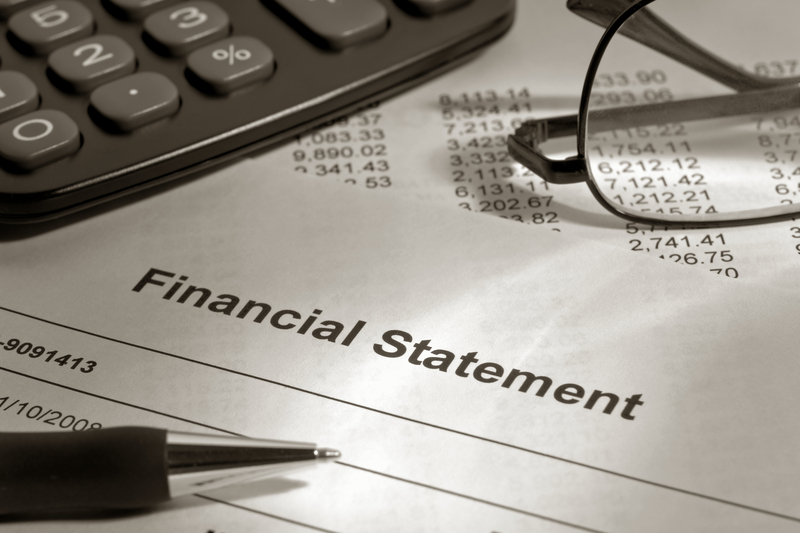Business income taxes are a year-round experience, not a single event. Having just paid your taxes, you likely aren’t thinking of the next tax season. However, there’s no such thing as “too early” to think about future business taxes. So, how can you make tax preparation easier next year? How can you simplify the process? The following are some ways to make the next tax season less complicated and more relaxed:
- Stay informed: If you’re looking for useful tips, helpful resources and current information, check out the Government of Canada’s web page for small businesses and the self-employed.
- Establish a tax calendar: This essential tax-planning tool helps you keep track of important dates and deadlines. Find these dates and deadlines on the Government of Canada’s website for important dates for corporations/businesses.
- Classify your business correctly as this affects the taxes required. For information on Sole Proprietors, Corporations and Cooperatives, see the Government of Canada’s website. If you’re still not sure what classification your business comes under, consult your CPA.
- Keep accurate, detailed, and updated records: This makes it easier to organize, check and file your business taxes without missing possible deductions or increasing your risk of an audit. Invest in accounting software to simplify accurate record keeping. Keep all financial information (such as your profit and loss statement, balance sheet, etc.) up to date to make filing easier during next year’s tax season.
- Track expenses: As the government allows credits and tax deductions for qualified business expenses, it’s wise to keep track of all business-related expenses throughout the year. As the CRA does not accept credit card statements as proof of expenses, in order to take advantage of these tax deductions you must collect receipts for all business-related activities including accounting fees, business advertising and promotional expenses, business licenses and memberships, use of home expenses, interest and bank charges, insurance premiums, meals and entertainment, office expenses, rent, repairs and maintenance, tools and equipment, vehicle expenses, and parking fees. Record and file them appropriately. You can keep physical receipts or digital copies.
- Keep business and personal banking separate: Open a dedicated bank account for your business, preferably one with online access as this makes it easier to make payments and do bank reconciliations. If you need business money for personal expenses, do a regular transfer to your personal account. This will make bookkeeping much easier. Don’t use your personal credit card for work purchases or your business card for personal purchases.
- Get organized: Place your tax return and tax documents in a safe place where you’ll be able to quickly and easily find them. Separate any documents you receive that might have tax implications into at least four different categories including income items, deductions, business changes and others. Organize documents into each file accordingly. Better yet, digitize. It’s stressful keeping receipts, forms and other necessary paperwork organized and easily available. There are cloud-based platforms you can use to take pictures of receipts and categorize the expense.
- Hire a CPA: Most small businesses prefer to have a Chartered Professional Accountant complete their Canadian income tax returns. This saves time and effort, provides assurance of accuracy and increases your chances of efficient tax planning.
As a business owner, you have a lot to think about such as daily operations, growth strategies, building/maintaining your customer base, hiring/retaining quality employees, etc. Use these tips to help make your business taxes and tax filing easier next tax season. It’ll be one less thing to worry about!
Not sure what tax deductions your company qualifies for? Need help with tax planning strategies? Contact Cook and Company Chartered Professional Accountants. Whether you operate a sole proprietorship or a sizable corporation with multiple subsidiaries, we use our experience and expertise to assist you. Contact us for a complimentary consultation.












